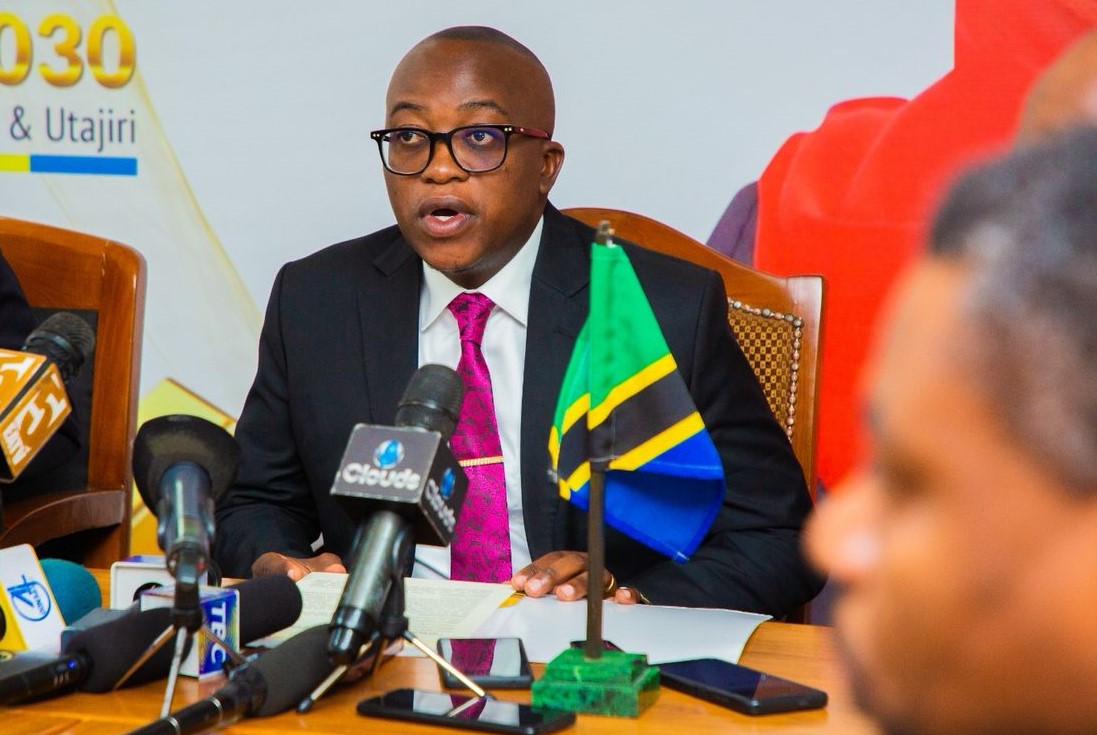Be vigilant about your medication

Drug safety and pharmacovigilance remains a dynamic clinical and scienctific discipline. PHOTO|FILE
What you need to know:
- Then, you took heed of all instructions as advised by your doctor and the pharmacist but still you experienced that nasty side-effect.
You were sick and you went to the best doctor in town, you got your medications from the most trusted pharmacist and you went home.
Then, you took heed of all instructions as advised by your doctor and the pharmacist but still you experienced that nasty side-effect.
Many questions emerge here:
Do you blame the doctor or the pharmacist, lose hope and move to another physician?
Did you really get the right report about any adverse side effect, as approved by the regulatory authority?
Are you aware that, as a patient, you also have a role to play in medication therapy and safety? That’s what I actually mean by being vigilant about your medication—or commonly known to pharmacists as pharmacovigilance.
Drug safety and pharmacovigilance remains a dynamic clinical and scientific discipline. The World Health Organization (WHO) defines it as a science that deals with the detection, assessment, understanding and prevention of adverse effects or any other drug-related problem.
It is known for the role it plays in ensuring that doctors, together with the patients, have enough information to make a decision when it comes to choosing a drug for treatment. In some countries, adverse drug reactions (ADRs) rank among the top 10 leading causes of mortality.
In order to prevent or to reduce harm to patients and thus improve public health, mechanisms for evaluating and monitoring the safety of medicines in clinical use are vital.
What this means is that whenever a patient or even a professional, be it doctor, pharmacist, nurse or laboratory technician, encounters an adverse event when using the medication, it should be reported to the regulatory body in the country—for our case, to the Tanzania Food and Drug Authority (TFDA).
The risk of harm, however, is less when medicines are used by an informed health profession and by patients who themselves understand and share responsibility for their drugs.
Well there are many ways on how one can report to TFDA about adverse effects of medications.
You can either ask at your hospital for special ADR reporting forms, use online forms on their website (www.tfda.go.tz) or you if you are tech-savvy like me, you can use a mobile app which is available on Android platform by the name of “TFDA ADR reporting tool.”
The patient doesn’t have to do the reporting on his own, any relative or close friend can report on their behalf.
Some would wonder, why would I need to go through all this trouble of reporting? Now the question is, would you want your friends and family to be affected by the same? If not, I think we should be reporting.
Sometimes it’s possible to change the medication formulation to avoid the ADR, but many times it’s not possible if there is no reporting.
Others would ask, isn’t this regulatory body and manufacturer’s responsibility? To answer this let’s look at what happens until you see the medicine in the market.
Usually, for a drug to be developed and later be on the market, it has to undergo a number of stages and processes. It may take years before you see the drug you developed in the market and hands of the patient.
In short, there is a development phase where a number of compounds are tried and tested, as the development stage progresses, the number of compounds decrease and you finally have one hopeful compound that you think has higher chance than others to make it through to the market.
What follows is clinical trials or as we simply call it, ‘testing’ your hopeful ‘medicine’ on healthy people first, a few patients and the a few hundred of patients in a controlled manner.
At the end of all of this, one is rest assured that they have curtained the safety associated with their medicine and then applies for market authorization of the product in the country of choice.
But as we all know, testing a medicine under controlled conditions in groups of patients is completely different from when the medicine is in the market and a wide range of public is using it.
Some issues may not come up during the studies but may show up after the medicine is the market. So a mandatory monitoring is kept in place. Then comes the part where we need to be vigilant now. By vigilance, I mean keeping careful watch for possible danger or difficulties associated with your medicines.
Pharmacovigilance is not a one-man job. It needs everyone to work together towards the same goal. A vital relationship must exist between wide ranges of partners in the practice of drug safety monitoring.
Our friends at TFDA, and I call them friends since they are the ones who take care of quality, safety and efficacy of all our medicines, medical devices, cosmetics, complementary medicines and ‘some food products’, are also very much involved with pharmacovigilance through post-marketing surveillance.
This involves regular inspection and testing of already registered medications, literature searches, international publications and reports from patients, manufacturers, distributors and all other healthcare workers. This last part is where most come in, you are as actively responsible for the quality and safety of your own medications as are others.
We can all provide information to help the regulatory body make decisions about a certain medication; whether to stay in the market, make some adjustments (through manufacturers) or withdraw it completely if it has been confirmed that it isn’t safe anymore.
The data from the consumer goes through an extensive process of checking the possibility and validity of the information and comparing with any other such previous reports and then they make a decision. Sometimes, the medication in question at fault, maybe it’s just that the patient didn’t follow proper medication rules or was taking other medications which could have caused it.
The author is a pharmacist based in Dar es Salaam.




